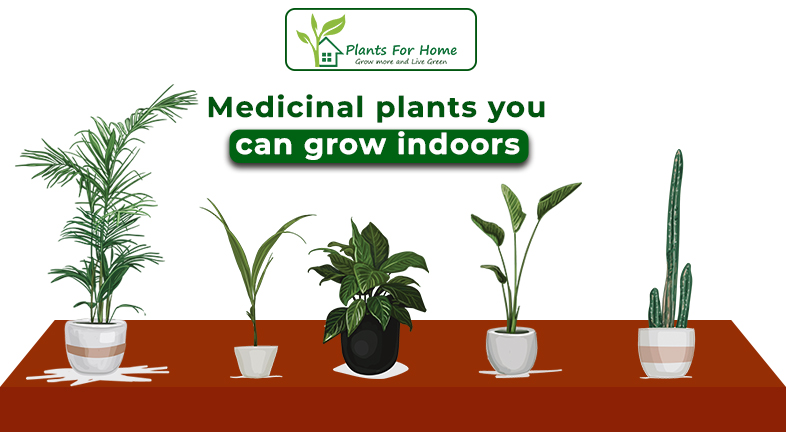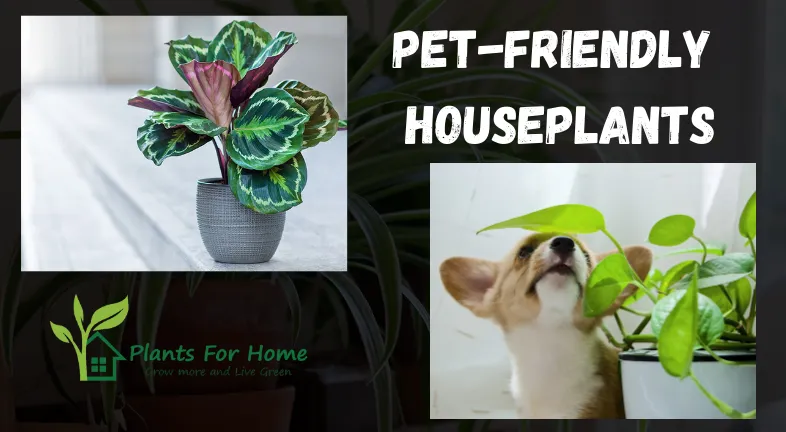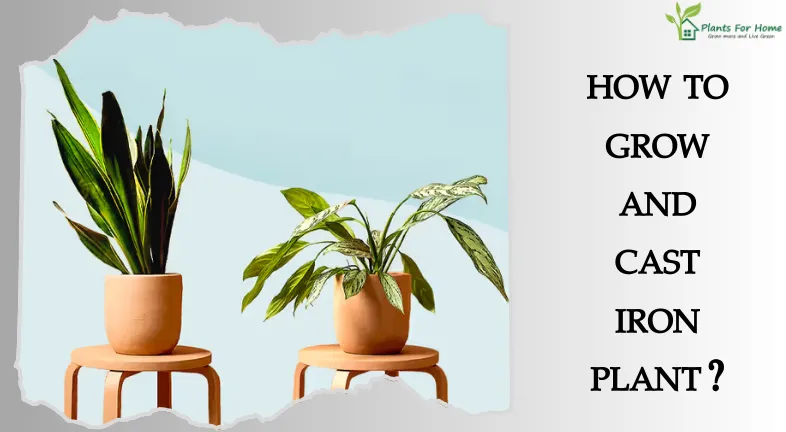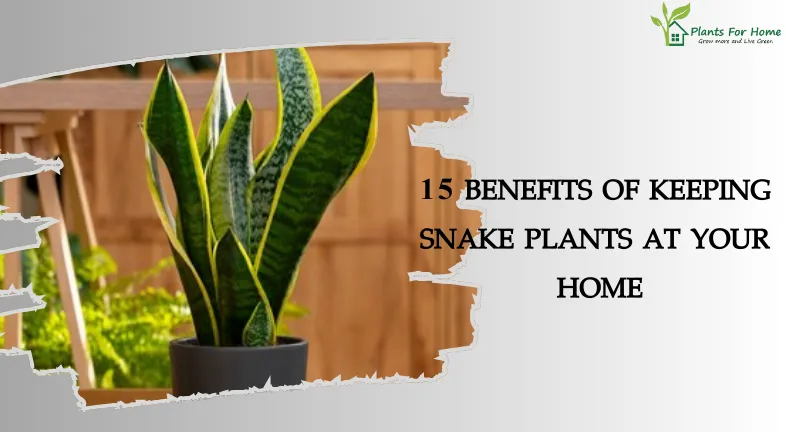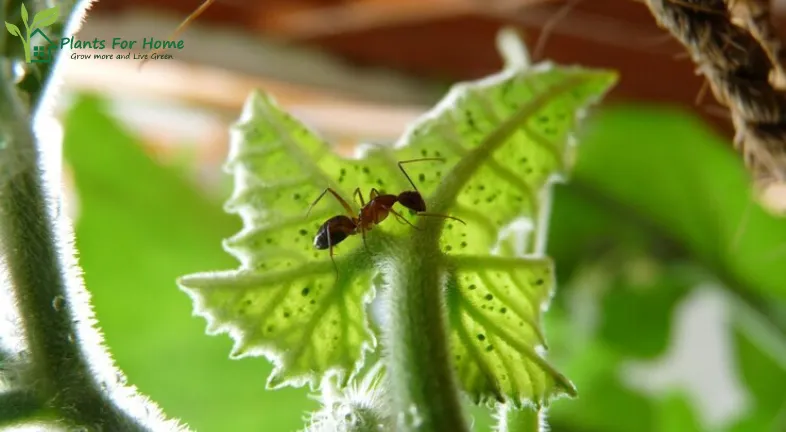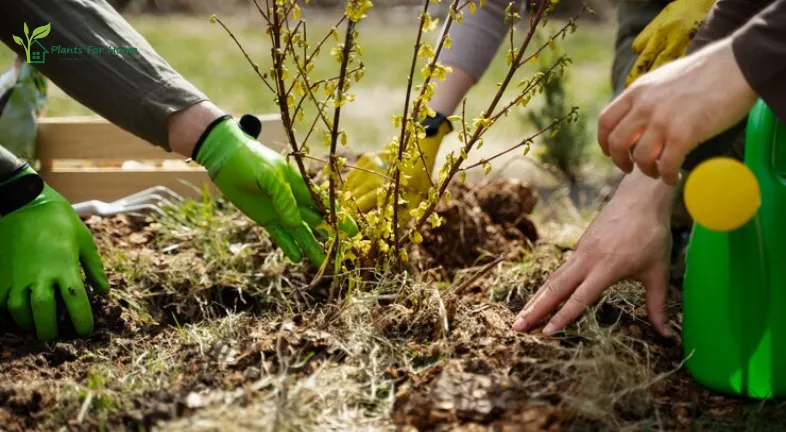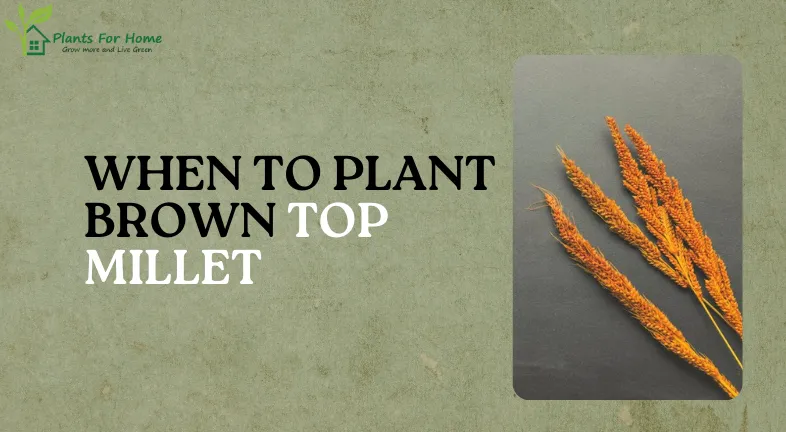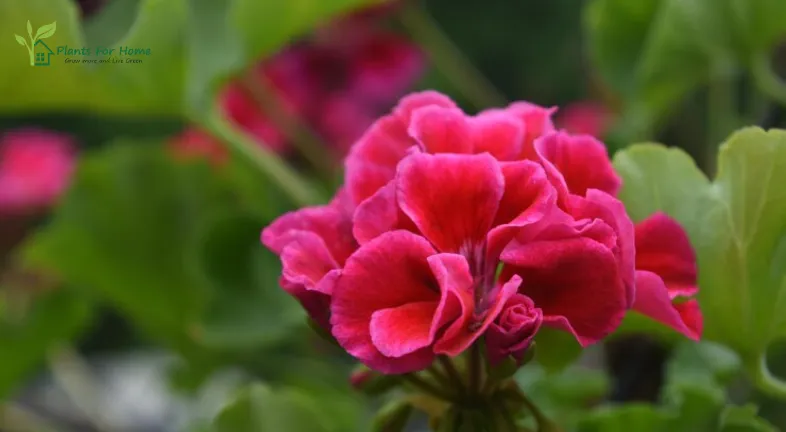ARE HOSTAS INDOOR PLANTS
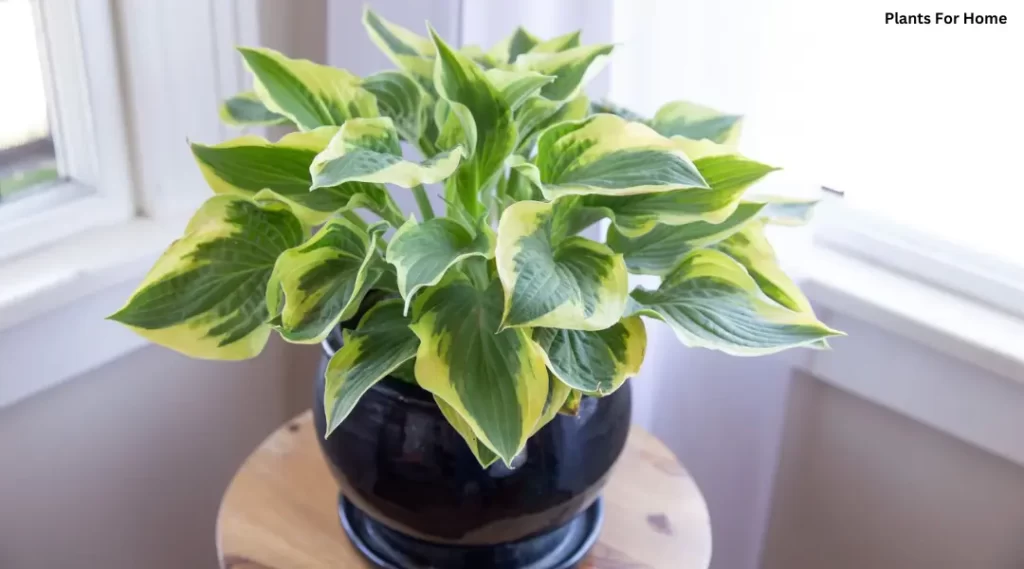
It’s usually a good idea to cultivate hostas indoors just those that you can easily transplant outdoors, because they require a dormant period. We advise staying away from any enormous and monstrous types because of this.
The Hosta family of plants includes a large number of species and cultivars that are easily found to match any plant arrangement due to their great diversity of color, size, and shape. Hostas can be grown indoors because they are a low-light plant that grows well in containers.
In rich, wet, well-drained soils, hostas thrive in partial to full shade. Certain hostas can withstand the sun as long as they receive enough moisture.
Under shade, hostas are a problem-solving plant. To enjoy the fragrant flowers, plant in groups as a ground cover, in containers, mixed with other perennials in a somewhat shaded garden, or next to the house.
In pots, hostas prefer light to moderate shade. An early-morning site is ideal. It’s best with protection from the late afternoon sun. Relocating pots from one location to another is made simple with a plant caddy.
Compared to hostas with green, blue, or white foliage, hostas with fragrant blossoms or yellow-gold leaves typically withstand more sun exposure. Naturally, there are always going to be exceptions, and you may even have a hosta that loves full sun and is flourishing there, so this is by no means an inflexible rule.
How to Select Hostas:
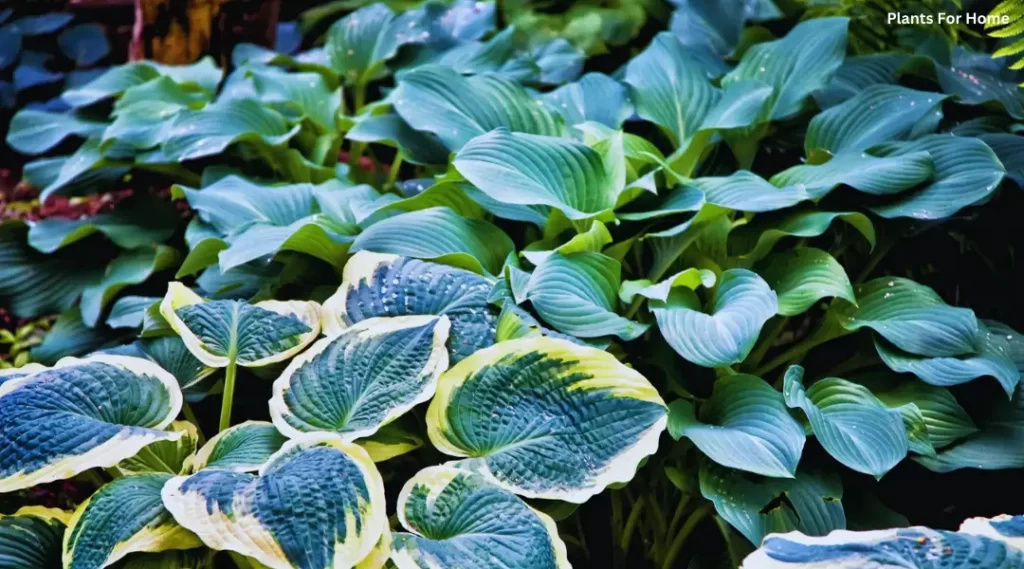
Hosta types range in size from tiny to enormous, and they are available in a wide variety of colors and patterns. The colors of leaves might be solid or have varied patterns, ranging from green to gold, white, blue, and silver. Although hostas are typically planted in shady settings, some varieties may withstand a few hours of sun exposure (although they still require shade during the hottest afternoon hours). In actuality, gold cultivars require some sun exposure to achieve their deep hue. Since hostas are hardy in zones 3 through 9, they can be cultivated almost anywhere in the nation.
How to Grow Hostas:
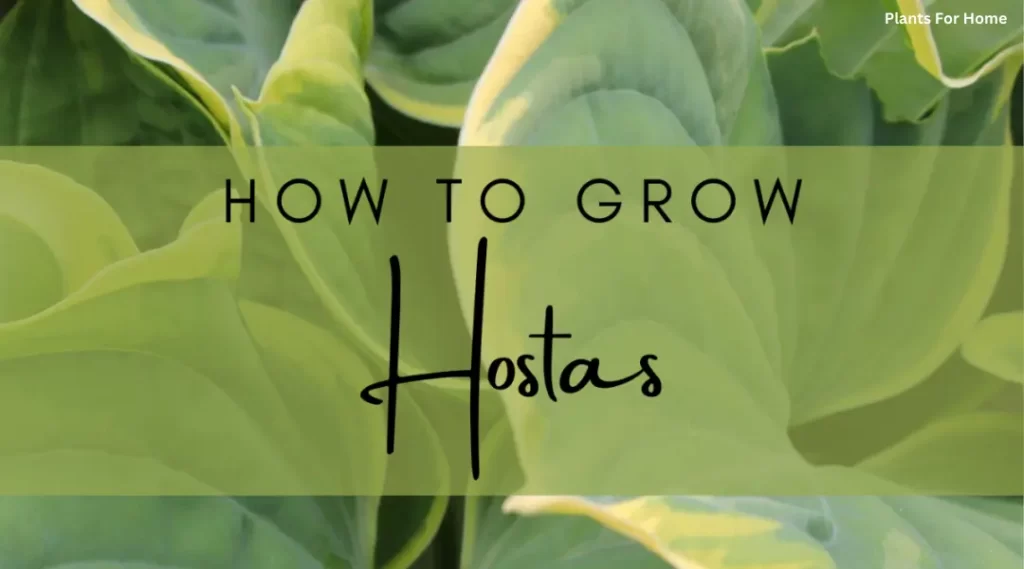
Early spring or early fall (as soon as the summer heat breaks) and, if your area has a rainy season, before it are the optimum times of year to plant hostas. There are several sizes of Hosta types. Check the plant tag to find the proper spacing in the garden. It usually takes many years for all but the tiniest hosta varieties to reach their maximum size, so it’s critical to provide them ample space to grow and mature. Planting should be done with the root ball of the plant at the same depth in the soil as it was in the pot. Make careful to water thoroughly afterward.
The Best Way to Grow Hostas in Containers:
How big your hosta gets will determine the appropriate container size. Use a pot that is generally at least 2 inches bigger than the container the plant was shipped in. Be careful not to overwater a hosta if you plant it in a pot that is larger than the one it arrived in. Because roots hold moisture longer until they are firmly established, this creates the perfect environment for the growth of root infections. After selecting the container, proceed with the planting instructions mentioned earlier.
Methods for Watering Hostas:
Providing constant hydration to hostas is especially crucial during their first growth season, as it helps them establish roots. Every week, or more frequently in the summer, check the soil and water it when the top inch becomes dry. Except in periods of drought, once hosta plants are well-established, they may frequently survive on rainfall. However, you will need to water your hostas because tree roots usually eat up any available moisture while growing them beneath trees. The same holds true for larger hostas, whose leaves have the ability to form a canopy that sheds water overhead and prevents it from getting to the ground and their roots.
Choose a location for your hosta plants that receives full to partial shade. Although most hosta species can tolerate morning sun, they do best in a shaded area. It’s crucial to understand that rich, organic soil is ideal for the growth of these perennials. Steer clear of hard clay soil while planting hostas as it won’t provide adequate drainage. Plant hostas where snow tends to pile up in locations that receive a lot of snowfall in the winter to preserve the stems and leaves.
HERE ARE THE STEPS TO GROW HOSTAS PLANT:
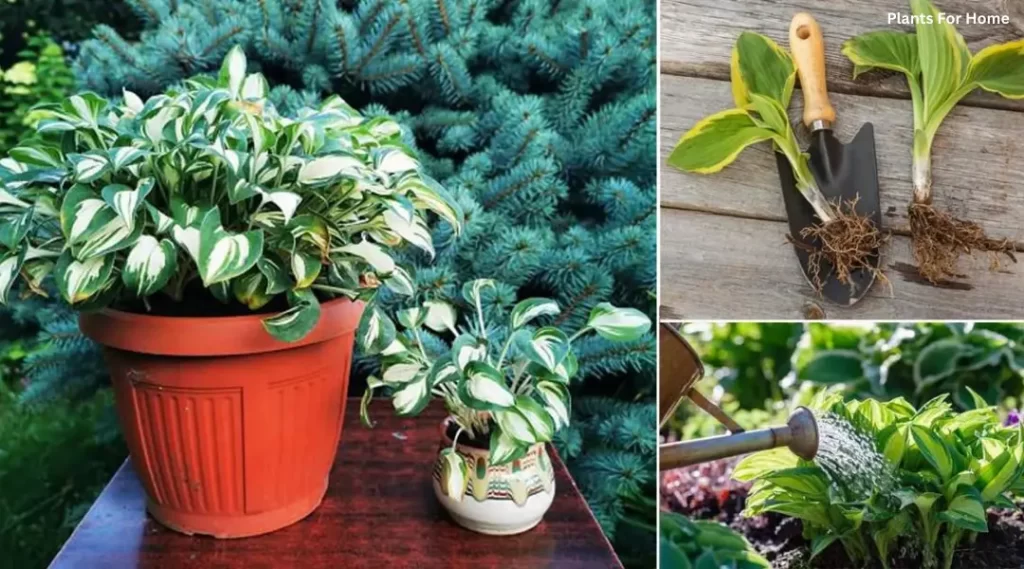
- Sow hostas in early autumn or early spring.
- Select a spot that receives full to partial shade.
- Hostas require rich soil that is full of nutrients; avoid planting them on clay soils.
- Add Potting Mix (containers), All Purpose Garden Soil (in-ground) to improve soil nutrition and drainage.
- Water hostas frequently during their settling period, whenever the top inch of soil becomes dry.
- One month after planting, start giving the hostas Shake ‘n Feed® All Purpose Plant Food.
- When they run out of fuel, deadhead blooms.
- One month after planting, start giving the hostas
- When they run out of fuel, deadhead blooms.
Add some stunning hostas to a shaded spot of your yard to make it pop. These leafy perennials provide texture and color to garden beds without requiring a lot of maintenance to keep them looking their best. The hardest thing about growing hostas, maybe, might be deciding which kind to cultivate.
CONCLUSION:
Try cultivating hostas in your garden to draw hummingbirds and create a striking shadow arrangement. Planting many huge hostas together can create a useful hedge or ground cover. In addition, a row of hostas can border a driveway, skirt a tree, and soften a fence. In a shady bed, little varieties of hostas make excellent edging plants.
Hosta leaves look good in bouquets of garden flowers. Try arranging the leaves in a vase if you’re cultivating hostas with different colored leaves. Hosta flowers infuse indoor environments with a delightful fragrance, particularly the fragrant varieties. When at least half of the buds have opened, it is ideal to select since the flower stalk opens blooms from bottom to top.

